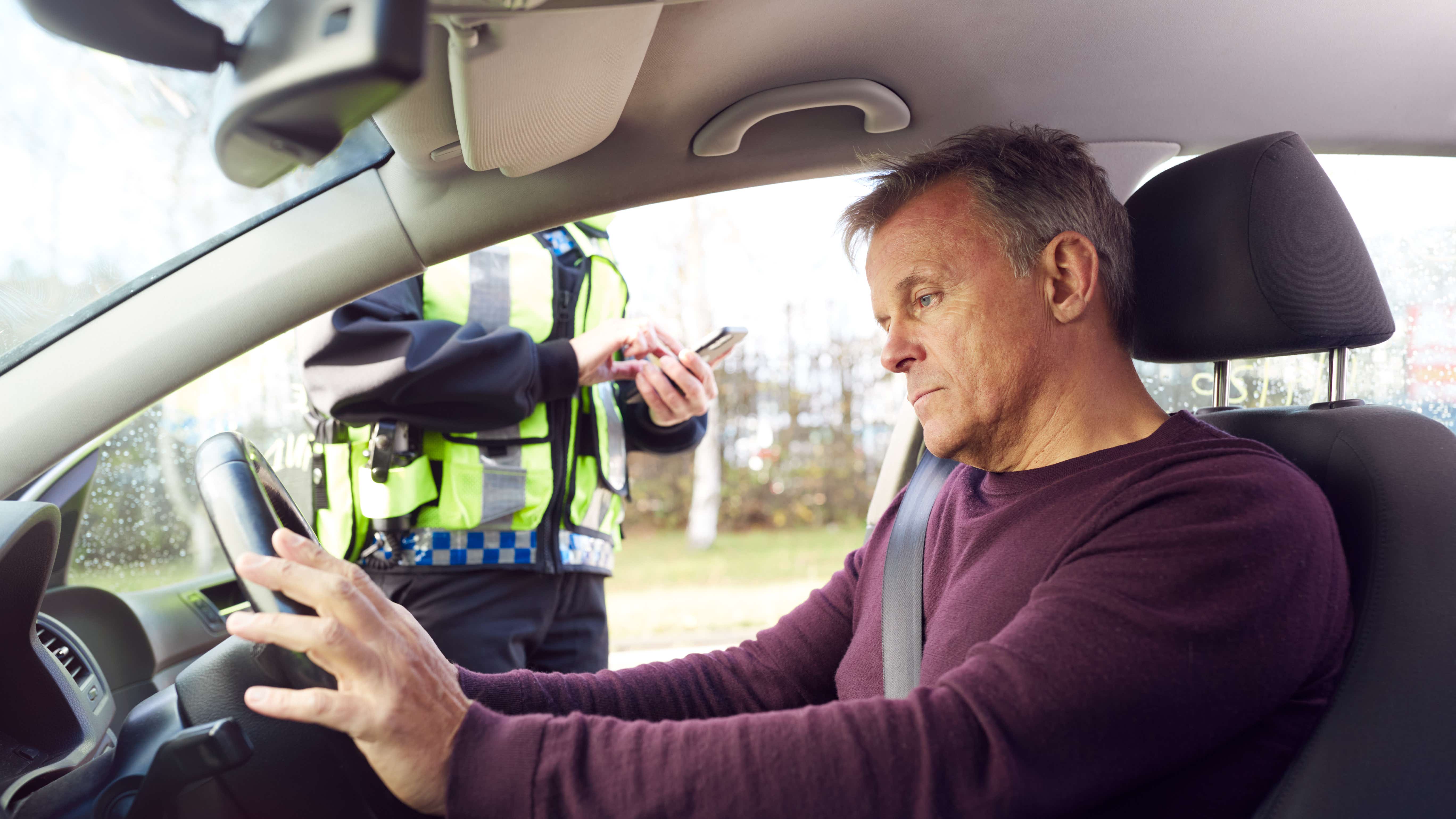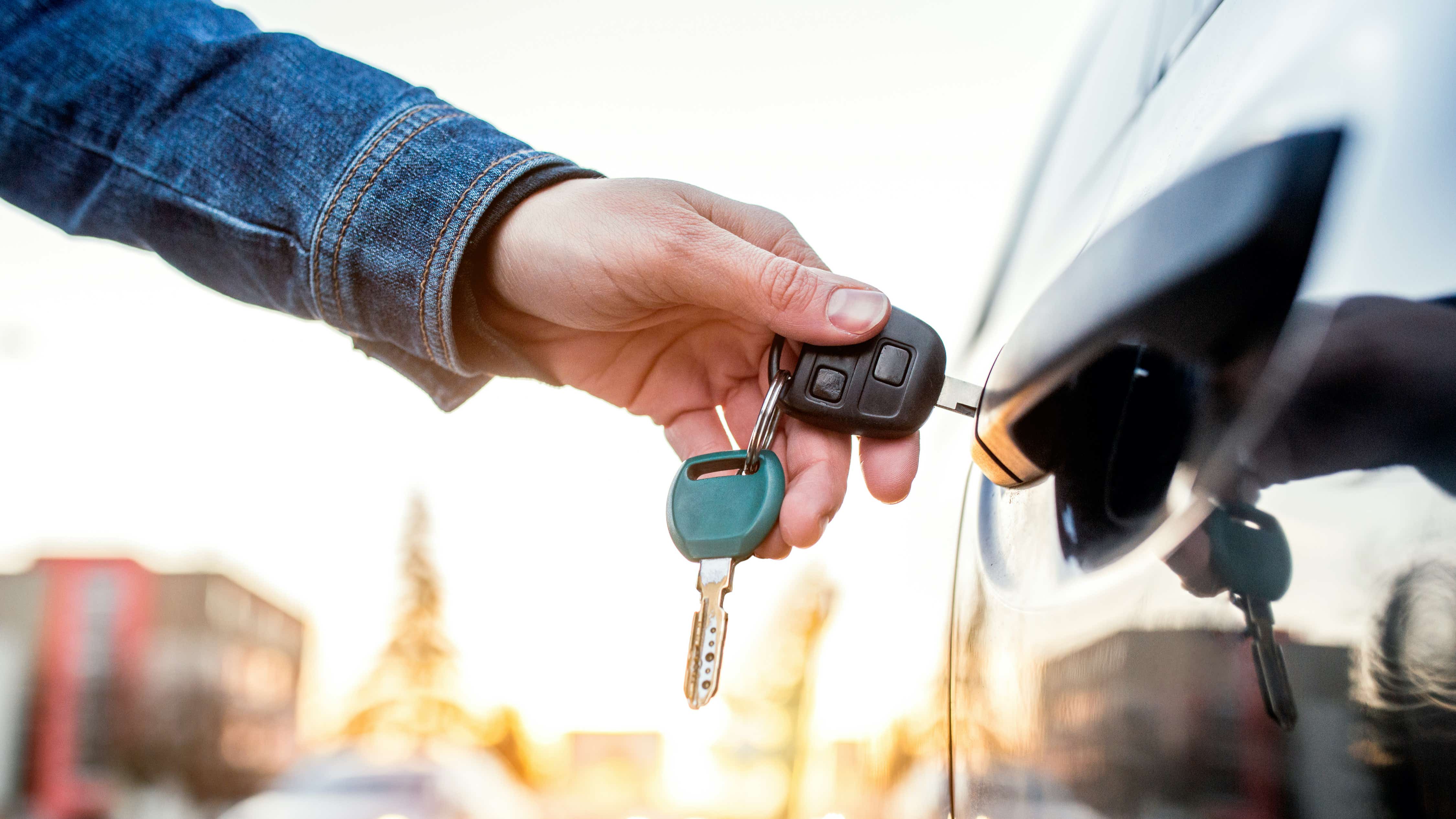- Uswitch.com>
- Car insurance>
- Guides>
- Car insurance for disabled drivers - Uswitch
Car insurance for disabled drivers
What car insurance do I need as a disabled driver?
The basics of car insurance for disabled drivers are the same as for other drivers, and you can use a mainstream provider for your insurance.
But one difference is that you might need additional cover if your car has been modified. For example, if you have had the pedals adapted, a custom-made steering wheel fitted or wheelchair ramps installed, your premiums might reflect the fact that it would cost more to repair or replace the equipment.
What does car insurance cover for disabled people?
When you apply, you can opt for the usual types of car insurance – third-party cover, third-party with fire and theft cover, or fully comprehensive cover.
But you might want to make sure that you have some specific extras added to your policy.
For example, it’s sensible to make sure any equipment such as a wheelchair is covered, and you might want to extend the cover for a carer to be able to drive your car.
Is car insurance more expensive for disabled people?
It might cost more than average to insure your car if it has had expensive modifications made, simply because the vehicle is then more valuable and will cost more to replace or fix.
But insurers are not allowed to charge people more simply because of their disability.
What is the Blue Badge scheme?
The Blue Badge scheme gives qualifying people more options for parking their cars.
It means you can park on some single and double-yellow lines for up to three hours and for free for as long as you like in pay-and-display car parks and in bays with parking meters. You can also stay for an unlimited time in disabled parking bays.
But the rules are different for private car parks, so check before you park whether they give preferential treatment to Blue Badge holders.
Meanwhile, Blue Badge holders don’t have to pay the congestion charge in London.
Your Blue Badge will be in your name but it can be used by other people if they're driving you.
Who is eligible for the Blue Badge scheme?
The government’s website gives details of who is eligible for a Blue Badge. Among those who qualify for one are people who are registered blind, receive a War Pensioners' Mobility Supplement, or receive the higher rate of the mobility component of the Disability Living Allowance. You might also qualify for a Blue Badge if you can’t use your arms, have a terminal illness, find it difficult to walk or have a child with a health condition.
How to apply for the Blue Badge scheme
You can apply for a Blue Badge on the government’s website.
If your application is successful, it will last for three years. Make sure you remember to renew it before the three years is up.
Blue Badges are free in Wales but cost up to £10 in England and £20 in Scotland.
Does the Blue Badge scheme affect car insurance?
Having a Blue Badge is unlikely to have a significant impact on your car insurance.
But you might find it does bring the cost of your premiums down with some insurance providers because you have more parking options, meaning you can park in some safer places than other drivers. This means your insurer might consider your car to be less of a risk to cover.
What is the Motability scheme?
The Motability scheme allows you to exchange your mobility allowance for a new car, wheelchair-accessible vehicle, scooter or powered wheelchair.
If you choose a car, it can be modified as appropriate. You’ll also get fully comprehensive insurance, road tax, breakdown cover, and servicing and maintenance cover.
If you have an electric car, you can have a charging point installed at home or you’ll be given access to more than 9,000 charging points around the country.
How does the Motability car scheme work?
If you qualify, your allowance payments will be sent directly to the Motability scheme (although you might need to top it up with an advance payment).
If you want a car or a wheelchair-accessible vehicle, you can apply online. When you find a vehicle you like, visit a dealer who’s part of the Motability scheme and they’ll order it for you.
You can lease it for at least three years.
If you opt for a scooter or a powered wheelchair instead, it’ll be delivered to your home. You can get a new one every three years.




